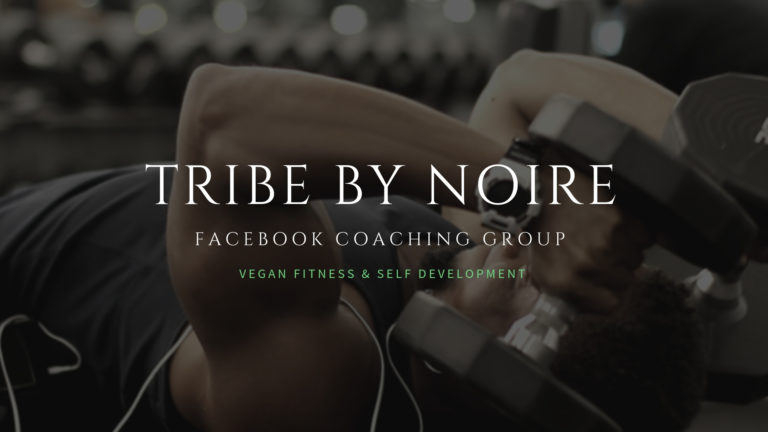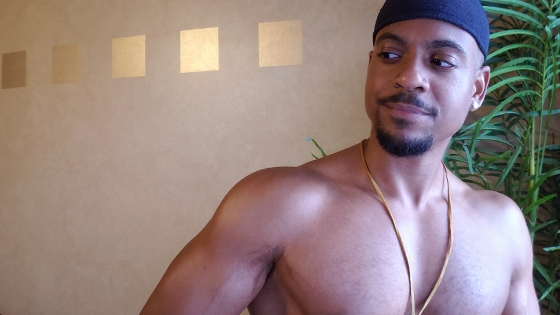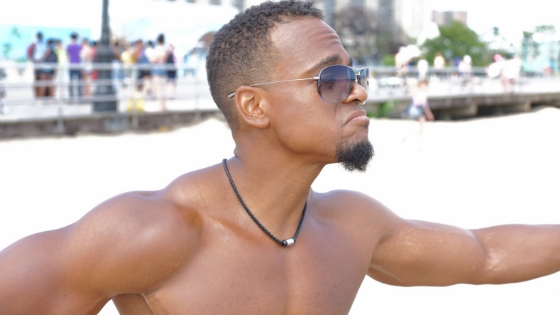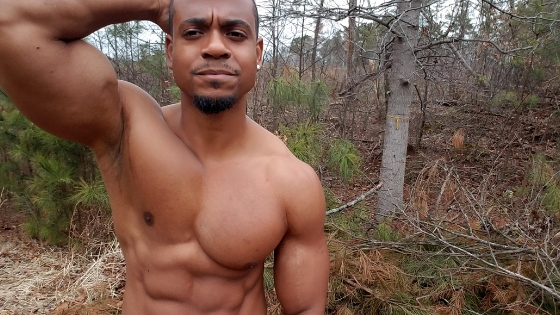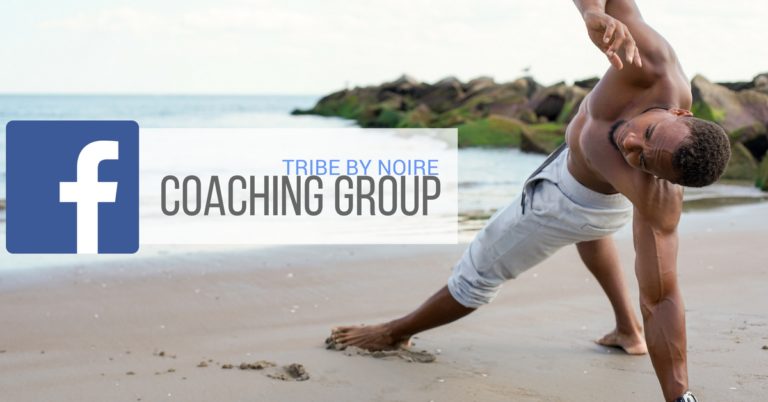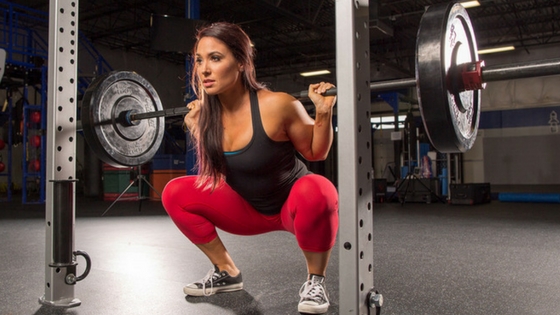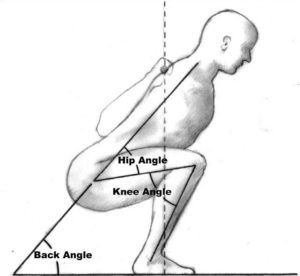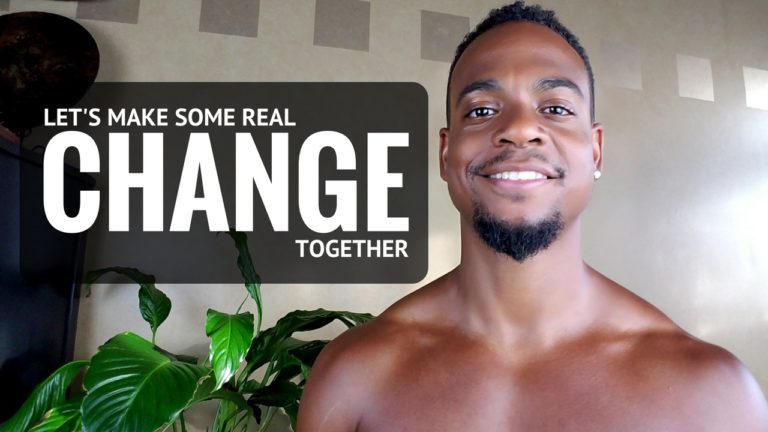Building strength is paramount to creating a true body transformation. Developing strength is the key to building muscle and as your muscle mass grows, your ability to drop body fat increases. This is why you need reliable ways to measure strength. Anyone serious about getting the most results out there training needs the numbers.
You need to know how much weight you can lift and for how many reps. This is all based on effort and the 2 ways we measure that effort is relative perceived exertion (RPE) and percentage training based on your 1 rep max (1RM).
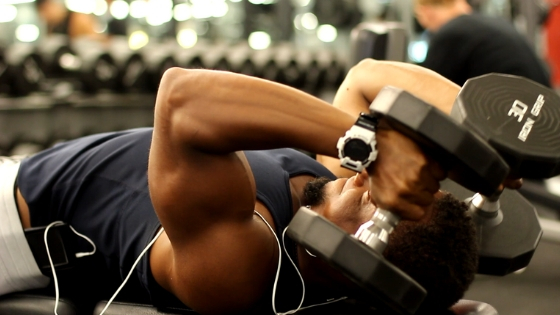
Relative Perceived Exertion (RPE)
RPE is short for relative perceived exertion. Its a measure of effort on a scale of 1-10 , 1 being the least amount of effort, and 10 being the most. With RPE you choose the weight you use relative to prior experience. Here’s an example.
- Your goal is to complete a set of 10 reps.
- Using your max effort your’re only able to finish 10 reps @ 225 lbs.
- This means that an effort level of 10 RPE is 225.
- Your RPE within a 10 rep range is relative to 225 lbs.
Here’s the next logical question. If 225 lbs is a 10 RPE for me, how do I figure what a 6,7,8, or 9 RPE is? Here’s how it works.
- 10 reps @ 10 RPE means I cannot do any additional reps at that weight.
- 10 reps @ 9 RPE means I can do 1 additional rep at that weight. (11 rep capacity)
- 10 reps @ 8 RPE means I can do 2 additional reps at that weight. (12 rep capacity)
- 10 reps @ 7 RPE means I can do 3 additional reps at that weight. (13 rep capacity)
- 10 reps @ 6 RPE means I can do 4 additional reps at that weight. (14 rep capacity)
RPE works for more than just sets of 10, but be mindful that anything under 6 RPE is a waste of time. I personally only use a 6 or 5 RPE for warm up sets.
1 Rep Max Percentage Training (1RM)
This method is more commonly used for the big 3 compound lifts like the squat, bench press, and deadlift. It’s also used in Olympic weightlifting for the barbell snatch and the barbell clean & jerk. Unlike RPE, percentage training is all based on effort relative to your 1 rep max. This makes sense for powerlifters, especially competitive ones because its all about how much weight you can lift one time. If you decide to use percentage training, I recommend training in between 70-95% of your 1RM.
CALCULATING YOUR 1 REP MAX
There’s a couple of ways to do this. The 1st method would be to start with a couple sets of 3-5 reps to warm up and then keep doing singles, gradually increasing the weight until you hit your max.
The 2nd way to do this would be more so for newbies to the grind. Run an entry level training program that uses a rep goal system and/or RPE. I have a variety of training programs designed for this at tribebynoire.com. At the end of that program you can calculate your 1 rep max by using a 1 rep max calculator. Go to your app store and search “1RM calculator” and download the one with the best rating. Its that simple! All you’ll need to do is input the heaviest weight you used and how many reps you completed. This is the safest and smartest route to go for new and even intermediate lifters.
When To Implement RPE & 1RM
Some coaches prefer to use RPE and others prefer to use 1RM percentages. Both methods work, but only if they’re implemented correctly. I prefer to use both methods, but for different purposes.
WHEN I USE 1RM PERCENTAGES
I only use this method with the big barbell lifts like the squat, bench, deadlift, and sometimes the overhead press, depending on how advanced the lifter is. The caveat with this method is that it becomes increasingly inaccurate with high reps sets (anything over 8 reps). This is because muscular endurance starts to become more of a factor as the set gets longer.
WHEN I USE RPE
This method works well with exercises that you would never test for 1 rep maxes, like lunges, lat pull downs, or tricep extensions. RPE works well for accessory exercises, and rep ranges of 8 or more.
Tribe By Noire

I’ve created this platform to help you become the most powerful version of yourself through fitness, plant based nutrition, and mindset coaching.
copyright © 2018 Tribe By Noire. All Rights Reserved
